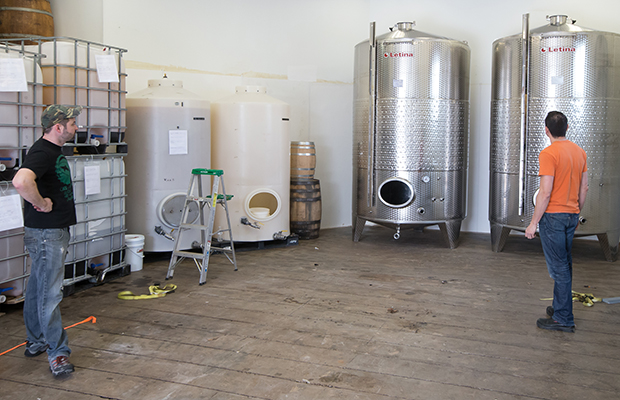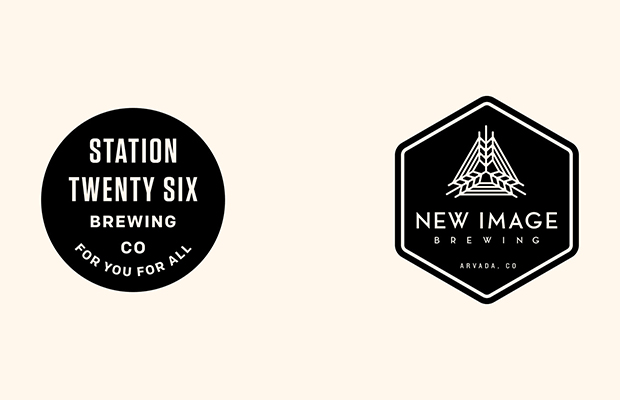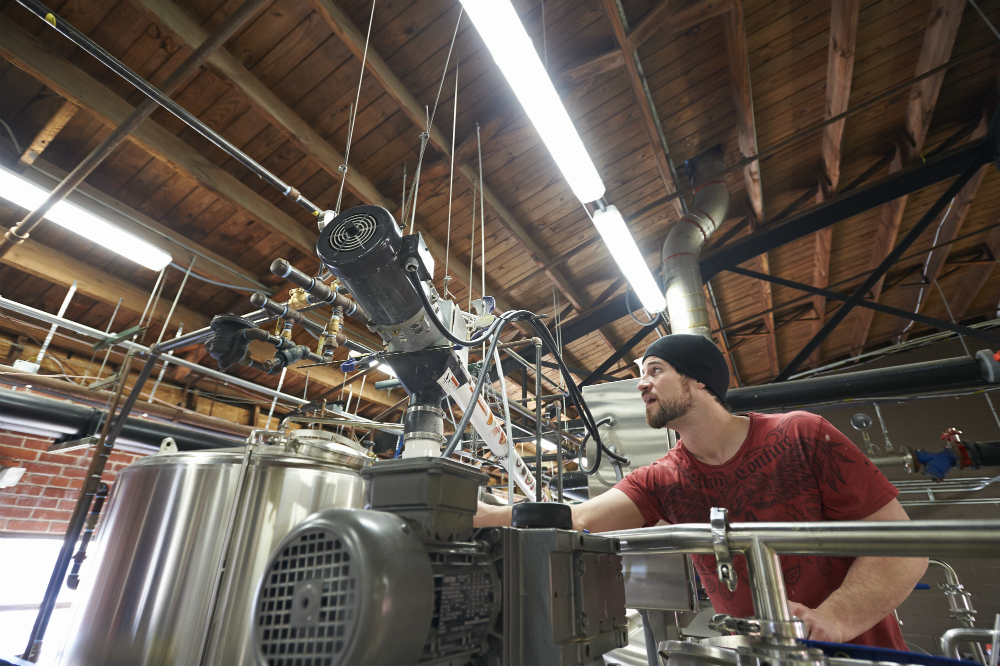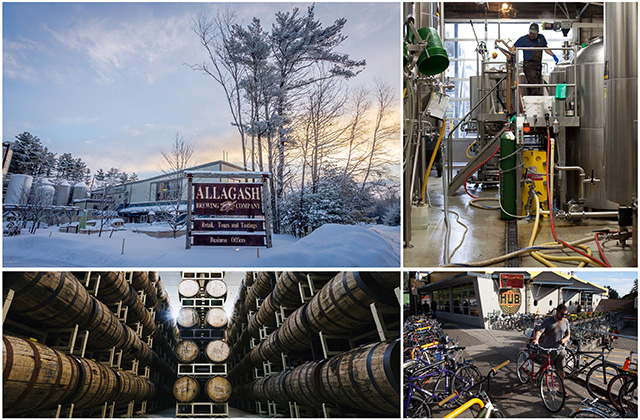
Brewer has dug into many backstories on how cideries across the country have opened and grown. Those cideries shared with Brewer some tips and ideas from either original business plans or switches made as the business developed.
Here are some insights shared from cideries across the nation.
Flexibility in Plans:
Originally New England Cider was only going to bottle their products.
“Once we got up and running we found it was easier to sell kegs to bars, especially to craft beer bars because they were just catching on here in Connecticut,” Seth Hart said, noting that kegs to bars, breweries and restaurants has been their most productive form of sales.
“Once people have had our cider they usually want to come and visit our tasting room,” he said, noting that the cidery opened a tasting room in 2016 and saw increased growth from it.
“Nowadays, once breweries open up they focus more on the tasting room and keeping most products in-house where they make the most profit,” Hart said. ”That works for us as well.”
Find Help Developing Plans:
Ronald Sansone, the owner and cider maker for Spoke and Spy Ciderworks said he worked on the business plan with a business at his local Chamber of Commerce.
“They helped us put it all together and map out some of our early goals and points along the way,” he said. “Initially I wasn’t too big on writing a plan since we were not seeking any outside investors but in the end, all the time spent talking with the Chamber helped us with a lot of decisions while we were starting up.”
The Middletown, Connecticut cidery started as only taproom sales but Sansone said he has looked to expand to self-distributed kegs locally.
“When we were working on our business plan we factored in the cost of a fleet of kegs to get into distribution, the bigger equipment needed to start making larger batches, the loss of markup when distributing, and so on and [we] decided that the taproom was a great way to start.”
Plan to Be Local:
Ploughman Cider, in South Central Pennsylvania, never aspired to outgrow its regional base.
“We’re kind of staying true to that vision and trying to identify opportunities to expand retail rather than to grow to supply wholesale demand for our products,” explained owner Ben Wenk. “Just trying to stay small, strategic, and agile with the wholesale part of our business and talking about taprooms a little more going forward.”
Why stay so insulated? Cider, across the spectrum of alcoholic drinks, is still less than 1% of beer, Wenk noted.
“Of that 1%, 80% of the market share is being occupied by large companies that make cider in ways far different from our own,” he added. “We’re talking about a fraction of a fraction — a rounding error in the drinking public at large.”
So Wenk tries to gain insights into which local regional markets have an affinity for cider, to begin with then he looks to ascertain which accounts in those regions attract a clientele who value a connection to local agriculture and understand the value in what Ploughman is trying to do: orchard-based, long fermentation/maturation periods, and full juice ciders.
“[It’s] very needle-in-a-haystack, but it’s the only thing we can control ourselves,” he said, adding he leans on the United States Association of Cider Makers (USACM) and its Nielsen data to do planning and research.
Show growth to Potential Investors:
Co-owner Cindy Landi of St. Vrain Cidery did not look for investors until the Colorado facility had a year in business. She said it made the search a bit easier since positive sales data can be an encouragement.
So, what incentives are investors looking for? It just depends on the investor, Landi said.
“Some people are looking for a quick turnaround on their investment and some folks are in it for the long haul,” she noted. “Some want to be involved operationally and some see the great work you do already and just want to support the processes you may already have in place.
“This is where setting expectations in the beginning helps. Everyone then goes into it knowing what to expect from the other.”




Be the first to comment